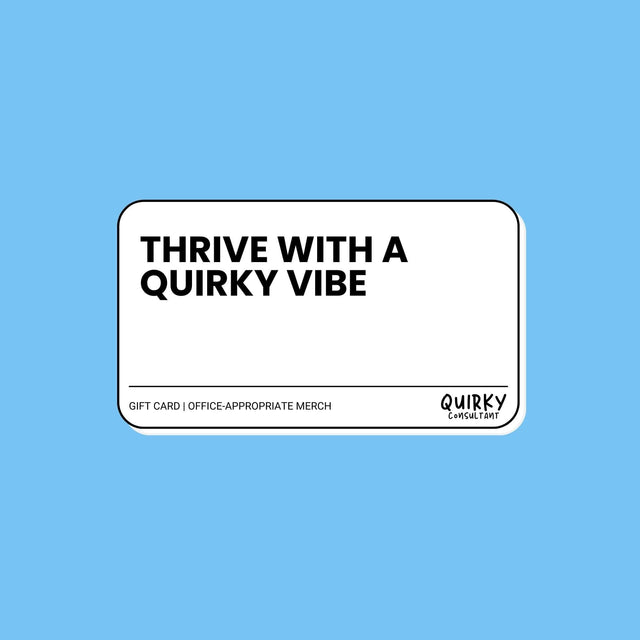How to create a pitch deck that lands angel investors

So, you’re an entrepreneur that has an excellent idea for a startup that’ll revolutionize your industry. Now is the time to sit down and consider how to create a pitch deck that will wow angel investors, earning you their investment.
The reality of startups is that lack of funding is the number one reason they fail before they even start. You’ve asked your parents, family, and friends to help you out, but since you’ve abandoned the “security” of the 9-5, they turn you down.
That is why learning how to create the perfect pitch deck is crucial to winning over angel investors for your startup.
Angel investors and why you need a pitch deck
First, it is important to go into what an angel investor is. An angel investor is a high net-worth individual that provides financial backings for small startups, typically in exchange for part ownership or equity. Their investments can come as a one-time payment or can be injected over time. Depends on the needs of your startup
An angel investor is typically concerned with the first steps of a startup rather than after it’s viable, making them easier to work with than the bank. In addition, these investors specialize in startups, so they take on the risks a bank would not if presented with a compelling pitch deck.
What is a pitch deck? Simply put, it’s a presentation that you’ll provide an investor to convince them that your startup is worth their financial contribution. This typically takes the form of a slideshow presentation that will aid you in explaining the ins and outs of your startup. But, again, this can take place in person or online.
When creating a pitch deck, you must be thorough yet brief. You don’t want the presentation to do all the talking. That is where you come in. The pitch deck is used to convince your investor to believe in you, and it’s there for you to stay focused on your main talking points.
You’ll be presenting your pitch deck to investors, customers, partners, and co-founders. A simple way to look at it is to consider your pitch deck as a teaser to what your company has to offer. You’re selling your startup without giving it away.
How to create a pitch deck
The first thing to think about when considering how to create a pitch deck is that there are two different types. There is a reading and presentation pitch deck. Both serve different purposes.
Reading: A reading pitch deck is simply a more extended version of the presentation pitch deck that you’ll learn to create today. It is educational and comprehensive to communicate everything the investor would need to know. These are created when you don’t have the opportunity to present your pitch. It can also be used as a teaser to encourage investors to meet with you.
Presentation: This pitch deck is more crafted for you to present the information. Therefore, your slides should be brief, dynamic, and be appealing to the eye. You’re the communicator, and the pitch deck is the decoration. Thus, the pitch deck and the presenter both play off each other.
It’s a good idea to create both. You never know which one you’ll need.
As an entrepreneur, you have likely turned into the hit show “Shark Tank.” Without even realizing it, you have been watching entrepreneurs present their pitch decks to angel investors. You’ve already critiqued them and know what should or shouldn’t be included in a pitch to get the sharks interested.
Now that you have a point of reference, let’s get into how to create a pitch deck for your angel investors. But, first, you must know what’s included.
Title: Here, you’re going to include your company name, tagline, and logo. That’ll give your angel investors a sense of what your company is about before you even speak.
Problems: Here, you want to go into the consumer pain point. What is the problem, and how do you plan to fix it?
Use cases: After establishing the problem, your pitch deck will go into what your product does and how it looks in action. Then, if the product is ready, here is where you give a demonstration.
Business model: Your angel investors will want a brief look at your business model. It is crucial to show them how your economics work and if you have users to generate revenue.
Traction: Here is the part in “Shark Tank” where the presenter says how many sales their startup already has. Early adopters instill confidence in the angel investors and make them want a piece of the pie.
Market: Is there a market for your product? Is that market already saturated? Can your product add value to enough people to make it worth your angel investments contribution?
Competition: If your product is one of many, you want to present what your competition is doing and how you’ll stand out among them. Tell the angel investors how you’ll be the best in your industry.
Forecast: Angel investors will want to know your execution plan and how your startup will operate over time. Providing a forecast gives them insight into where their investment is going and what they might receive in return.
Crew: Toward the end of the pitch deck, you’ll describe your team and convince the angel investors that you’re the person for the job. Sell your knowledge, expertise, and dedication.
Use of funds: Lastly, you’ll want to be explicit about how your angel investor’s funds are allocated. Be specific. They want to know that their investment is making a targeted impact on your startup’s success so that they reap a greater reward.
With these elements implemented in your presentation, you are well on your way to creating a pitch deck.
Successful dos and don’ts
Forbes lays out a target list of dos and don’ts for you to follow when thinking about how to create a pitch deck. Following this guide will help ensure your pitch’s success and earn your startup funding from an angel investor.
Do include this wording at the bottom left of the pitch deck cover page: “Confidential and Proprietary. Copyright (c) by [Name of Company]. All Rights Reserved.” Protect your property.
Do make an exaggerated effort in trying to convince the angel investor that the target market is large.
Do include visually appealing, dynamic graphics that the angel investor can easily understand.
Do send your pitch decks to angel investors before your presentation. Send as PDF so that it is easier to access.
Do bring a demo of your product for angel investors to test. This creates trust in the product.
Do use consistent font size and formatting. Deviation can turn off your angel investors to your startup.
Do offer passionate anecdotes so that your angel investor knows how dedicated you are to the startup.
Do show that it’s more than just an idea. Explain how your product is already useful and how your angel investors’ contribution will take it to the next level
Don’ts
Don’t provide too much detail. Make sure you show your angel investor you value their time by not addressing every tiny element of your startup.
Don’t overdo it. Taking too much of your angel investor’s time might frustrate them, causing them to end the pitch early. This will lose their potential contribution to your startup.
Don’t provide an NDA. Proprietary information that you don’t want the public to have access to needs to be left out. Your angel investor doesn’t want to work. They want to be wowed.
Don’t reinvent the wheel. While being creative is likely what got you in the room, your angel investor wants to see what they’ve seen before but with your product. Not everyone is as open to unconventional approaches as they are in “The Pursuit of Happyness.”
Don’t forget to include your contact information. It might sound like a given, but this is often overlooked when you’re focused on the presentation. Make sure your angel investor knows how to find you. It would be a tragedy to forget this and be forgotten altogether.
Other things to consider
An important thing to remember when thinking about creating a pitch deck is that you need to gear it towards someone who already invests in your industry. Niche it down and target angel investors that already have an eye on products or ideas like your startup. This allows you to save valuable time explaining your product.
Don’t read directly from the pitch deck. Notecards are extremely handy when remembering critical points but turning your entire body to address the presentation is off-putting. A good presenter stands relatively still with their feet shoulder-width apart and their arm movements limited. Most people speak with their hands, and that is distracting. If you must use your hands to add emphasis, try to keep your arms mid-torso level.
Include how your angel investor will make their money. Let’s face it. The angel investor’s primary concern is their return. So after all is said and done, you must bring it back to how they’ll make their money when creating a pitch deck.
Above all else, be compelling. You need to demonstrate a dire need that the market has for your product. Without showing your dedication and passion for the product, you won’t convince the angel investor that your startup is worth their time. Exaggerate. Use inflection. Create an emotional response if possible.
Tools to create pitch decks
Now that you know how to create a pitch deck for your startup, you may be wondering, “how do I put it all together?” Fortunately, a few easy tools online and included in your computer’s office suite can help you create a pitch deck for your startup.
PowerPoint/Keynote: These are the presentation software that will likely already exist within your Microsoft or Apple computer. Chances are, you’ve been using them since you were a 10-year-old and have a relatively firm grasp on how they operate. This is an easy tool to use and still impresses wealthy angel investors today.
Prezi: This presentation software is primarily online, but you can download the program to present and edit the presentation without network access. This robust software is like PowerPoint and Keynote but offers a few add-ons not included in your office suite. Learning how to utilize the resources offered can enhance your presentation to stand above those using office suite programs.
Google Slides: Google has been revolutionizing how we go about creating documents, presentations, and databases by offering a fully customizable online office suite. The benefit to Google Slides is that you can share with your partners, co-founders, and advisors to get valuable input on your pitch deck.
Canva: This online image editor has become a lifesaver for professionals everywhere. Without hiring someone to create your graphics, you can manipulate images to give off the impression that you are professional and know what you are doing. This will impress angel investors and get them interested in your startup.
Pitch Deck AI: It is very well possible that everything you’ve read so far seems worlds away from what’s within the realm of your capabilities. The good news is, there are a million templates online that you can utilize to give off the impression that you know what you are doing. In addition, several AI software companies have done all the work for you. Just input the information. Even freelancers will create your pitch deck for you if you have little startup funds on hand.
Don’t forget, when thinking about how to create a pitch deck, don’t put the entire message in the presentation. You are the message. The pitch deck is the reference. So sell yourself as much as you’re selling the product.
Now take what you’ve learned and put it to good use by creating the perfect pitch deck to land an angel investor for your startup.





0 Comments
Nobody's told us there thoughts about this article. Tell us yours below.